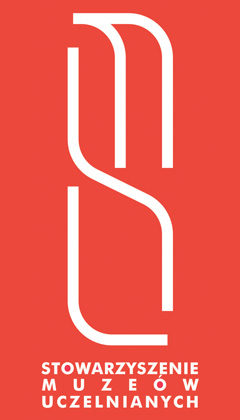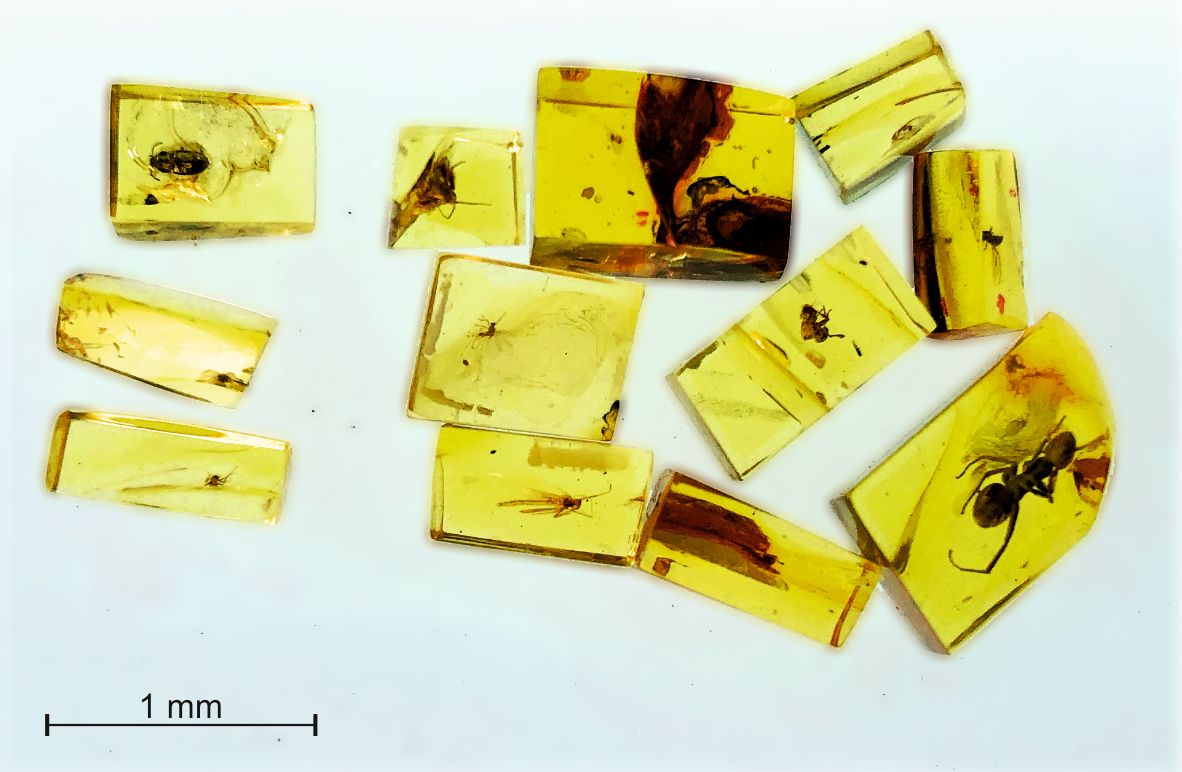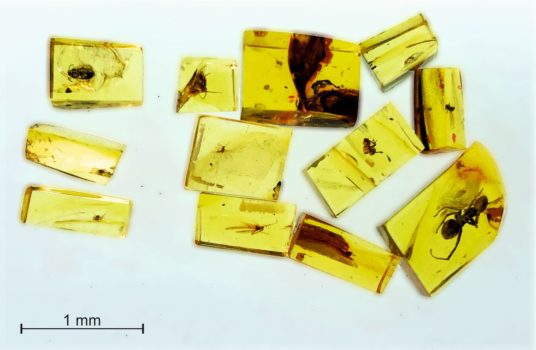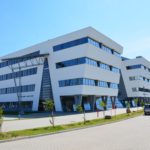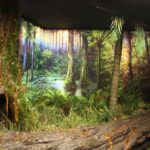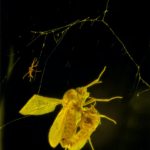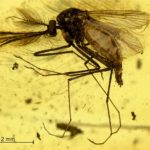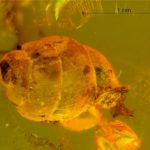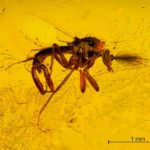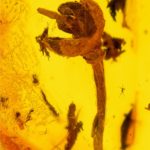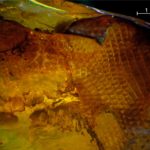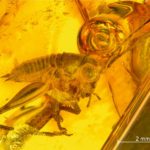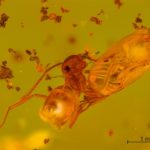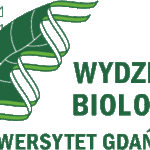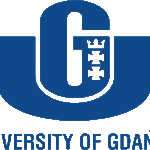Museum of Amber Inclusions
Faculty of Biology, Department of Invertebrate Zoology and Parasitology
University of Gdańsk
ul. Wita Stwosza 59
80-308 Gdańsk
Tel. (58) 523 61 87 / (58) 523 61 80
bursztyn@ug.edu.pl
Free admission
Mondays – Fridays: 8 am – 6 pm
School groups of eight or more should book in advance (please call or email).
Curator:
Elżbieta Sontag PhD
The Museum of Amber Inclusions – i.e. fossils preserved in amber – was established pursuant to a decision of the Senate of the University of Gdańsk dated 28 May 1998. It is an integral part of the Laboratory of Evolutionary Entomology and of the Museum of Amber Inclusions of the Department of Invertebrate Zoology and Parasitology, Faculty of
Biology, University of Gdańsk. The academic collection of inclusions began in the 1980s when Prof. Ryszard Szadziewski (then a PhD) started research on dipteran fossils preserved in amber. His love of collecting and his cooperation with the amber-workers of Gdańsk resulted in a return to the pre-war tradition of collecting amber specimens and their biological investigation. The university’s scientific collection gathers natural history items (amber
and its inclusions). Currently it comprises more than 15,000 specimens. Most of the specimens have been donated by amber-workers, scientists, students and people who supported the idea of amassing amber collections in Gdańsk. The museum was established mainly for research purposes. An integral part of the museum is the professional laboratory for scientific research which enables the preparation of the amber inclusions for scientific studies (which are of a very specific nature). More than 97% of the collection comprise invertebrates preserved in Baltic amber and other fossil resins (Lebanese, Burmese, Canadian and Dominican ambers). The remaining, small part of the collection comprises vertebrate and plant inclusions, as well as amber forms and shapes of interest. The most valuable specimens in natural history
collections are the descriptive types, i.e. those specimens on which species previously unknown to science have been described. In November 2020 there were 86 such specimens in the museum. Since the majority of the collection comprises inclusions not more than 4 mm in length, the creation of a museum of such small items was challenging. In 2013, the European Regional Development Fund provided financing, under the Infrastructure and Environment Operational Programme, to organize an educational exhibition entitled ‛Life in the Amber Forest’ (Życie w lesie bursztynowym). It is arranged in 50 sq. metres of exhibition space, and the showpiece is a life-sized diorama of
an amber forest, where thanks to the lighting and play of colours, and the sounds of the forest, the viewers can become acquainted with the origin and history of amber, its beauty and scientific value. The exhibition may be self-toured, with the use of a multimedia presentation which contains detailed information about amber and the inclusions preserved
in it. The university’s collection of inclusions is studied by scientists from all over the world. It is the basis of more than 100 academic papers, and many scientific films made by Polish and foreign television networks, including the BBC with the participation of Sir David Attenborough.
Elżbieta Sontag PhD
